New Rain Gardens to Aid in Stormwater Retention Coming to Green-Wood Cemetery
Green-Wood Cemetery is constructing over 22,000 square feet of rain gardens on their grounds — the largest of its kind which will prevent hundreds of gallons of stormwater from entering its surrounding communities.

Green-Wood Cemetery, 2019. Photo by Susan De Vries
Green-Wood Cemetery is constructing over 22,000 square feet of rain gardens on their grounds — the largest of its kind which will prevent hundreds of gallons of stormwater from entering its surrounding communities.
“We applied for building 22,000 square feet of… rain gardens,” said Joseph Charap, Green-Wood’s resident director of horticulture. “We thought it was the largest bioretention project on private land in the city that has been proposed yet.”
Governor Hochul awarded $23 million in water quality grants to 17 organizations across New York State in December 2021, with Brooklyn’s own 44-acre cemetery issued $1.7 million in funding to construct 30 to 40 rain gardens on their grounds over the next decade.
“We applied for a program that focused on stormwater, and stormwater mitigation here at Green-Wood,” Charap said.
Green-Wood’s horticultural department’s plan for the sprawling cemetery bordering Sunset Park, Kensington and Windsor Terrace was chosen for the grants as it met the criteria of supporting environmental justice communities by implementing green stormwater infrastructure in addition to water and energy efficiency measures.
“This impacts about 30,000 residents of Sunset Park, Green-Wood is also three avenues away from the coast of Brooklyn,” said Sara Evans, Green-Wood’s manager of horticulture operations and projects. “Understanding a little bit of our impact, we figure that this is one of the best ways by actually mitigating our run off and removing it from even entering the system, it’s just a great way to at least help this area alleviate some of the negative impacts of heavy rain events.”
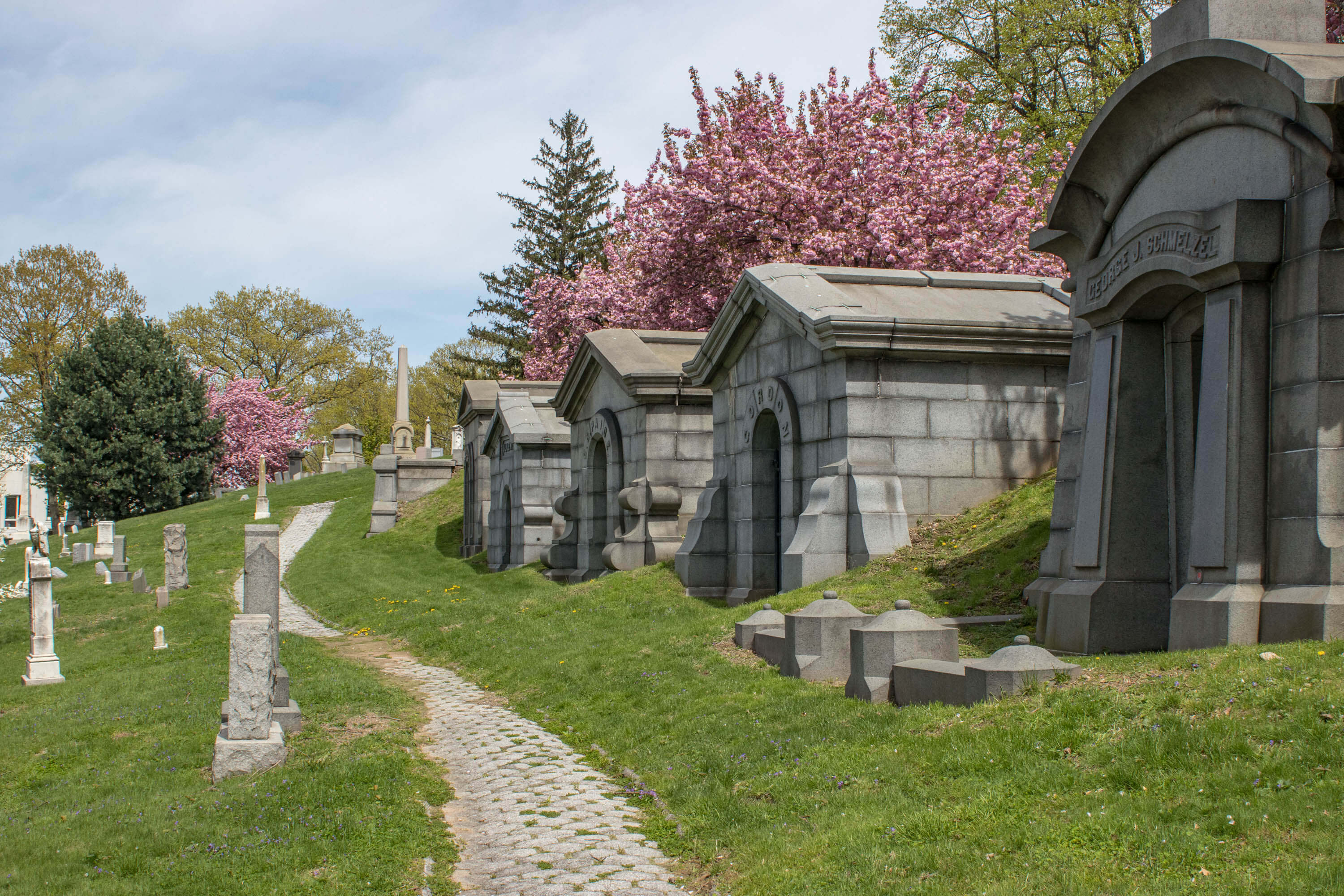
The rain gardens, scientifically known as bioswales, absorb stormwater naturally in the ground before it travels into the sewer system, using vegetation and amended soils that will slow the water down and increase its infiltration into the soil which sifts out pollutants — effectively lessening the impacts of rainwater on the surrounding sewer systems.
“During a heavy rain event with the New York City infrastructure, having a combined sewer system, it overwhelms the pipes, it overwhelms the infrastructure of the city,” Evans said. “That’s where we see flooding in the streets, there’s a lot of back up, there is risk of literal raw sewage in the streets of New York City, and raw sewage that discharges into our coastal system.”
Their project will also help reduce the amount of potable water, or water from the city’s water supply, used by the cemetery— which requires a variety of water use to upkeep its grounds such as for irrigation— by implementing a harvest and reuse system that will recycle water from their largest body of water on the property.
“We approached stormwater here from two essential perspectives, was trying to limit our impact on potable water use, using city water for irrigation,” said Charap. “And then we applied for a way to prevent water from overflowing into the combined sewer system during a storm event.”
The cemetery’s horticulturalists have not determined the exact locations of the incoming rain gardens nor decided the specific fauna that will be planted there — but told Brooklyn Paper they will be plants native to this region, which is said to attract native birds, like the state bluebird, to return to the area.
“We haven’t entered the design phase yet,” Evans said. “These bioswales will be confined to the areas where our existing water works and sewer systems lie.”
“We intend to focus primarily on a native pallet,” Charap said.
Green-Wood is expected to begin construction in 2023 or 2024 but there isn’t a concrete timeline as of yet. The next phase is contracting an architect to design a conceptual plan, but the rain gardens will fit in with the historic aesthetic of the cemetery, the plant experts assured.
“Our roads are very windy and the gutters are laid with cobblestones, so it’s going to fit within the historic character of this site,” Evans said.
“It’s probably going to make it more challenging, too,” Charap said.
Editor’s note: A version of this story originally ran in Brooklyn Paper. Click here to see the original story.
Related Stories
- Green-Wood Cemetery Tries Sleeker, More Subdued Design for Modern Visitor Center
- The Gothic Inspired Chapel of Green-Wood Cemetery and Its Well Connected Designers
- Monumental Conservation: Green-Wood Cemetery Gains a Conservator
Email tips@brownstoner.com with further comments, questions or tips. Follow Brownstoner on Twitter and Instagram, and like us on Facebook.

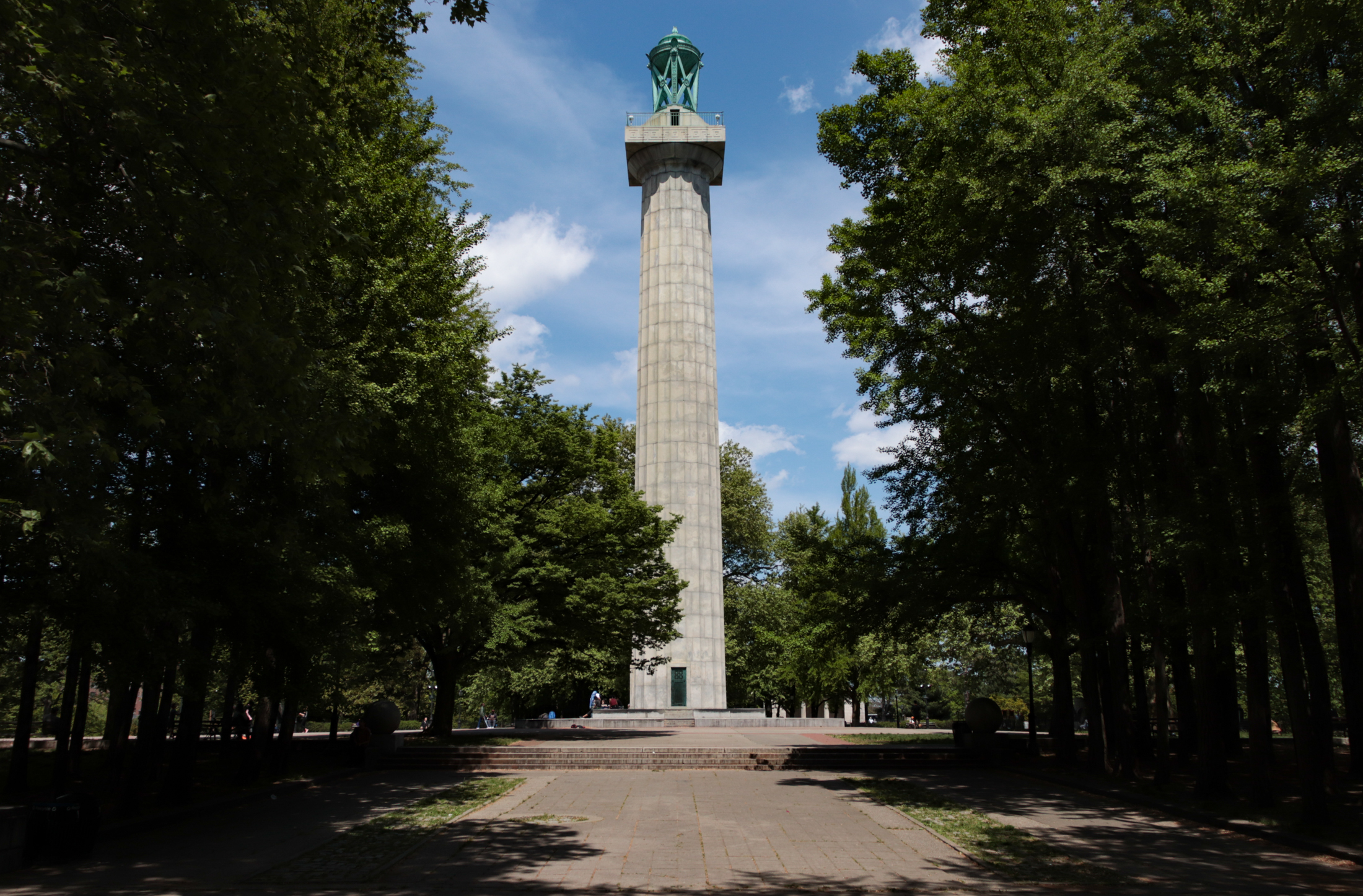
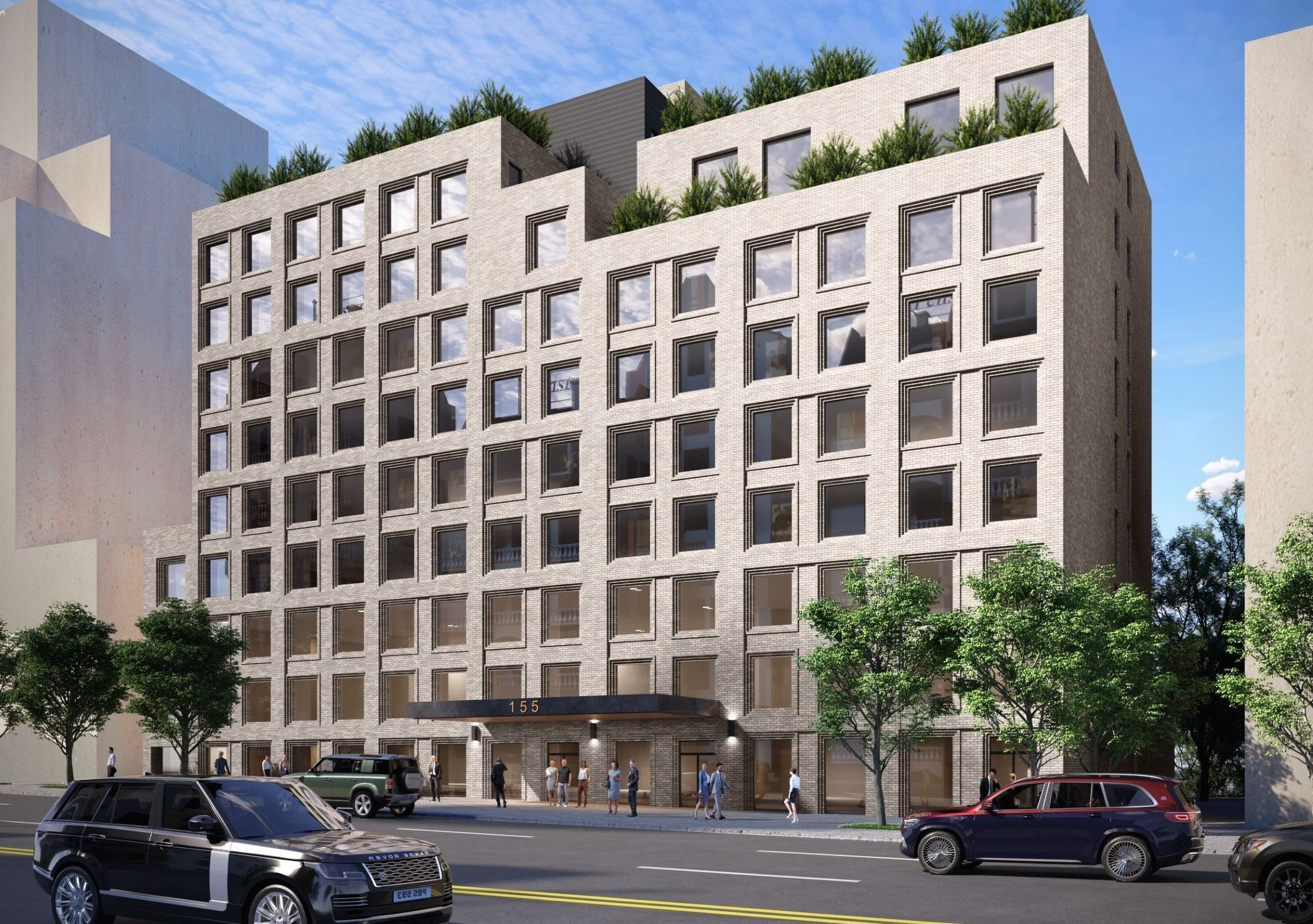
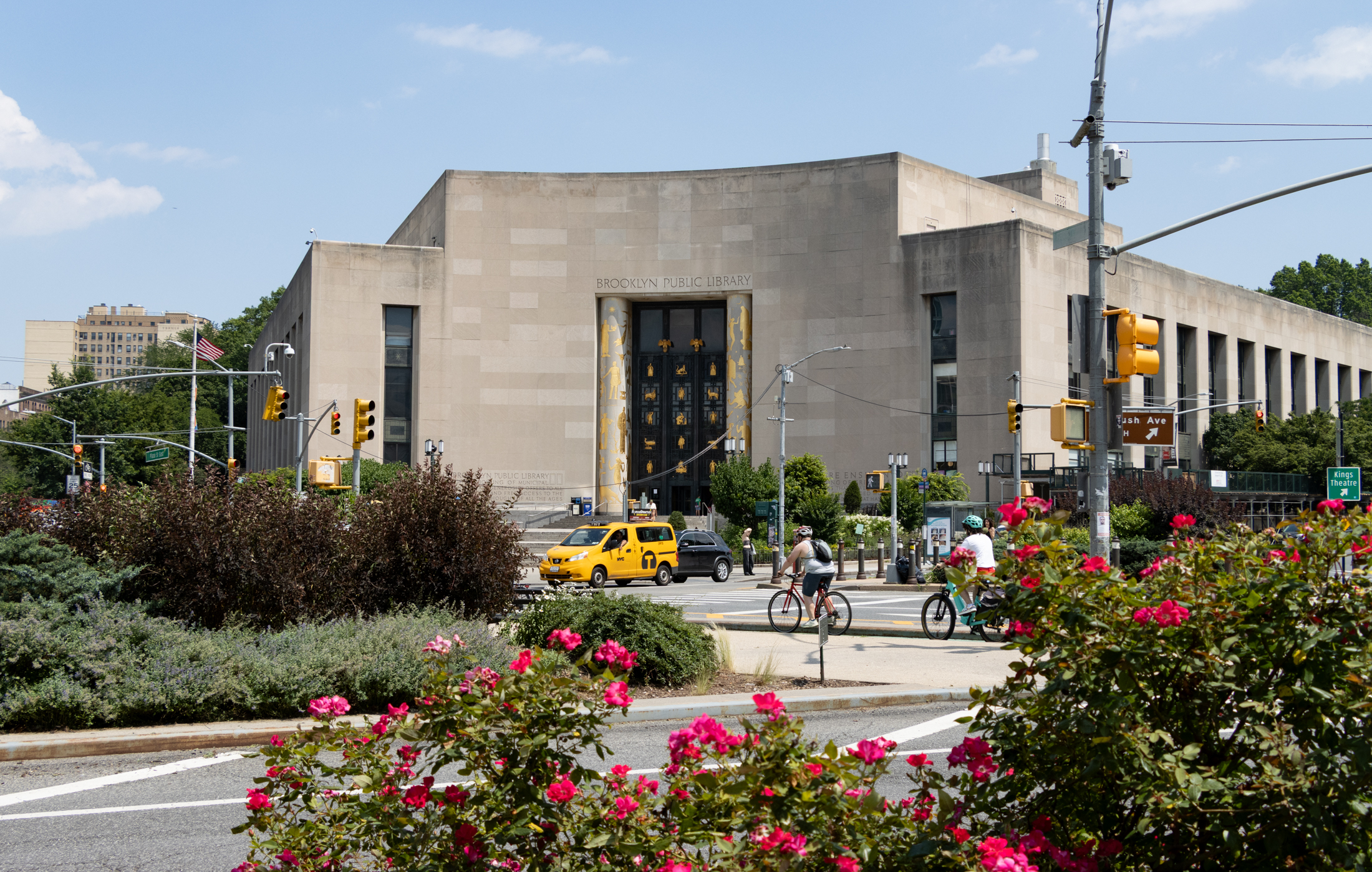
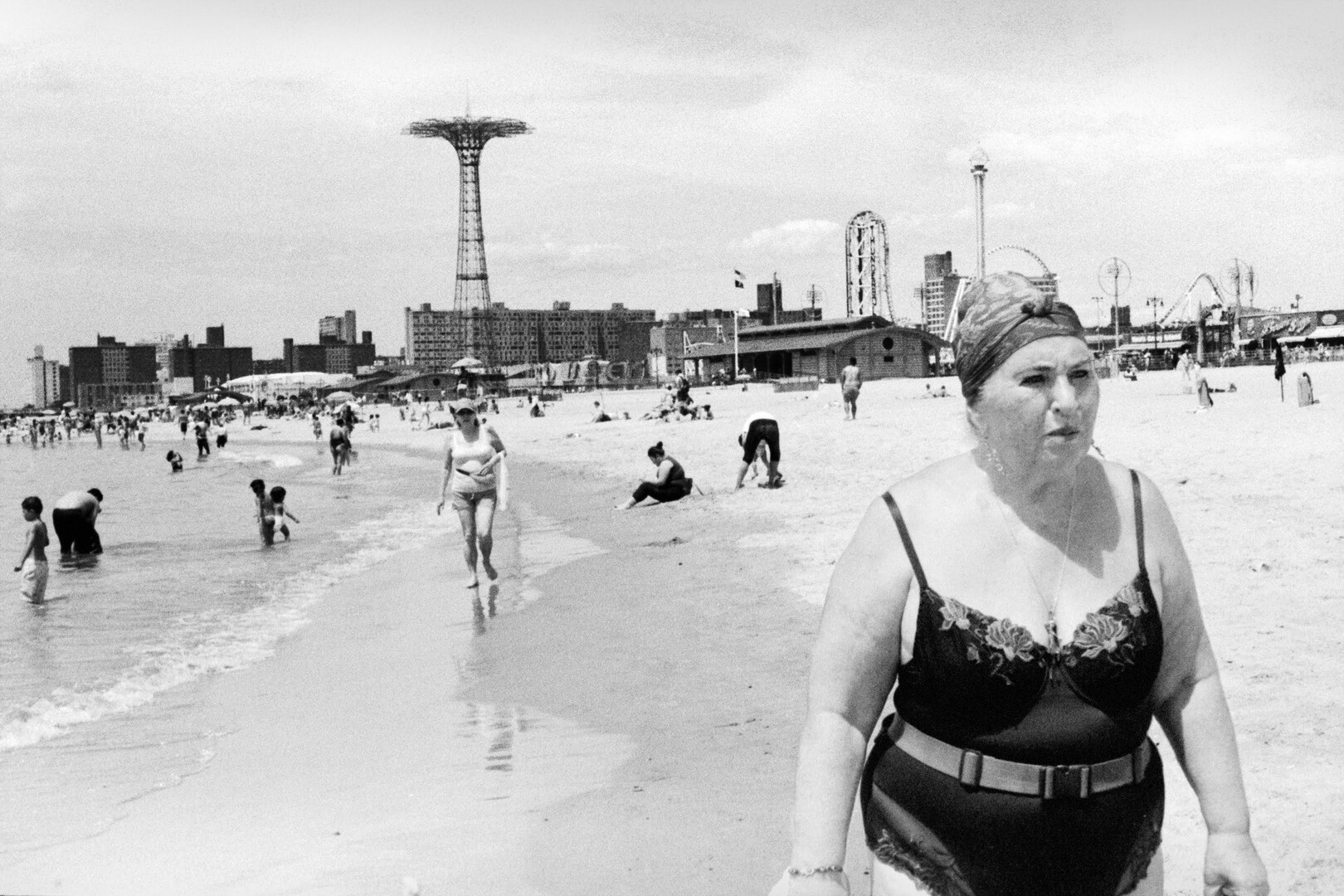
What's Your Take? Leave a Comment